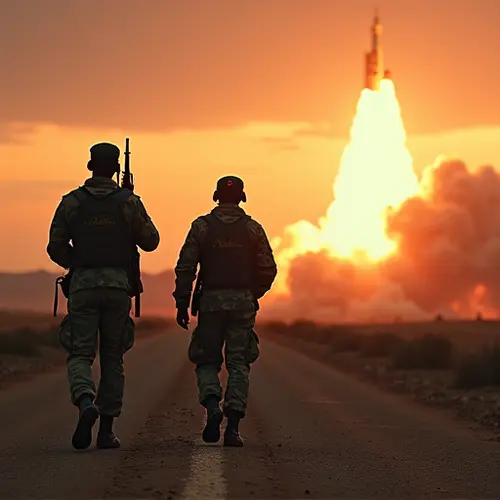
Nuclear Deterrence Doctrine Updates in South Asia
The nuclear deterrence landscape in South Asia is undergoing significant changes as both India and Pakistan reassess their first-use policies. These updates come amid escalating regional tensions and global scrutiny over nuclear arms control.
India's Evolving Stance
India has historically adhered to a "no first-use" (NFU) policy, pledging not to initiate nuclear warfare. However, recent statements from Indian defense officials suggest a potential shift. Analysts speculate that India may adopt a more flexible stance, allowing for preemptive strikes under extreme circumstances. This change is seen as a response to Pakistan's growing nuclear arsenal and alleged support for non-state actors.
Pakistan's Countermeasures
Pakistan, on the other hand, has maintained a first-use policy, emphasizing its reliance on nuclear deterrence to offset India's conventional military superiority. Reports indicate that Pakistan is modernizing its nuclear capabilities, including the development of tactical nuclear weapons. This has raised concerns about the potential for miscalculation in a crisis.
Regional and Global Implications
The evolving doctrines of both nations have far-reaching implications. A shift in India's NFU policy could destabilize the delicate balance of power in the region, while Pakistan's advancements in nuclear technology heighten the risk of an arms race. International observers are calling for renewed diplomatic efforts to mitigate these risks.
For further reading, visit the Carnegie Endowment for International Peace.

 Nederlands
Nederlands
 English
English
 French
French
 Deutsch
Deutsch
 Espaniol
Espaniol
 Portugese
Portugese








